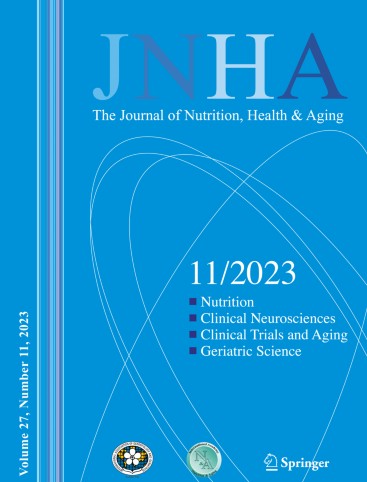老年人住房质量与肌肉减少症之间的关系:来自中国和印度的证据。
IF 4.3
3区 医学
Q1 GERIATRICS & GERONTOLOGY
引用次数: 0
摘要
目标:住房是健康的一个重要社会决定因素。然而,有限的研究集中在住房质量和肌肉减少症之间的关系,特别是在低收入和中等收入国家。本研究旨在研究中国和印度老年人住房质量与肌肉减少症之间的关系。方法:以中国健康与退休纵向研究和印度纵向老龄化研究为基础。住房质量由五个指标来评估,包括住房材料、水源、卫生设施、主要烹饪燃料和电力供应。住房质量分为好(0-1差住房指标)、中(2-3差住房指标)、差(4-5差住房指标)三类。肌少症的评估依据是亚洲肌少症工作组(AWGS) 2019共识。采用logistic回归模型检验住房质量与肌肉减少症之间的关系。结果:中等(OR = 1.69, 95%CI = 1.49 ~ 1.90)和住房质量差(OR = 2.19, 95%CI = 1.89 ~ 2.54)与CHARLS患者肌肉减少症相关。在LASI中也观察到类似的结果,中等(OR = 1.22, 95%CI = 1.11-1.33)和住房质量差(OR = 1.60, 95%CI = 1.43-1.79)的肌肉减少症患病率明显较高。此外,我们观察到住房质量与CHARLS和LASI中肌肉减少症患病率之间存在线性关系(趋势均为P)。结论:在中国和印度,较差的住房质量与较高的老年人肌肉减少症患病率相关。改善住房质量的计划,如提供自来水、推广清洁能源,可能对减少肌肉减少症的患病率产生积极影响。本文章由计算机程序翻译,如有差异,请以英文原文为准。
Associations between housing quality and sarcopenia among older adults: evidence from China and India
Objectives
Housing is an important social determinant of health. However, limited studies have focused on the relationship between housing quality and sarcopenia, especially in low- and middle-income countries. This study aims to examine the association between housing quality and sarcopenia in older adults in China and India.
Methods
The study was based on the China Health and Retirement Longitudinal Study and Longitudinal Aging Study in India. Housing quality was evaluated by five indicators, including housing materials, water sources, sanitation facilities, main fuel for cooking, and availability of electricity. Housing quality is divided into three types: good (0–1 poor housing indicators), medium (2–3 poor housing indicators), and poor (4–5 poor housing indicators). Sarcopenia was evaluated according to the Asian Working Group for Sarcopenia (AWGS) 2019 Consensus. The logistic regression model was performed to examine the association between housing quality and sarcopenia.
Results
The medium (OR = 1.69, 95%CI = 1.49−1.90) and poor housing quality (OR = 2.19, 95%CI = 1.89−2.54) were associated with sarcopenia in CHARLS. Similar results were also observed in the LASI with significantly higher prevalence of sarcopenia in medium (OR = 1.22, 95%CI = 1.11–1.33), and poor housing quality (OR = 1.60, 95%CI = 1.43−1.79). Moreover, we observed a linear relationship between housing quality and the prevalence of sarcopenia both in CHARLS and LASI (all P for trend <0.001).
Conclusions
Poorer housing quality was associated with a higher prevalence of sarcopenia in older adults in China and India. Housing quality improvement plans such as access to tap water, promotion of clean energy may have a positive effect on reducing the prevalence of sarcopenia.
求助全文
通过发布文献求助,成功后即可免费获取论文全文。
去求助
来源期刊
CiteScore
7.80
自引率
3.40%
发文量
136
审稿时长
4-8 weeks
期刊介绍:
There is increasing scientific and clinical interest in the interactions of nutrition and health as part of the aging process. This interest is due to the important role that nutrition plays throughout the life span. This role affects the growth and development of the body during childhood, affects the risk of acute and chronic diseases, the maintenance of physiological processes and the biological process of aging. A major aim of "The Journal of Nutrition, Health & Aging" is to contribute to the improvement of knowledge regarding the relationships between nutrition and the aging process from birth to old age.

 求助内容:
求助内容: 应助结果提醒方式:
应助结果提醒方式:


